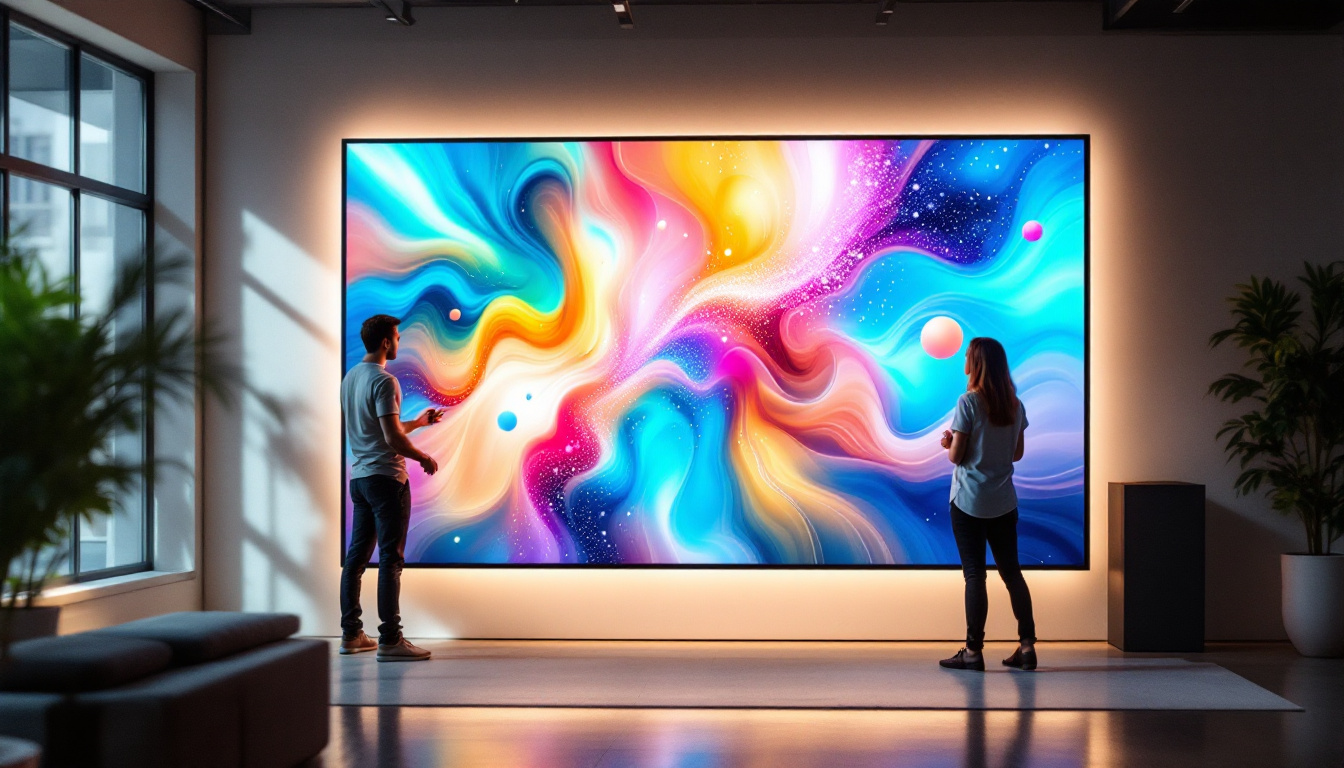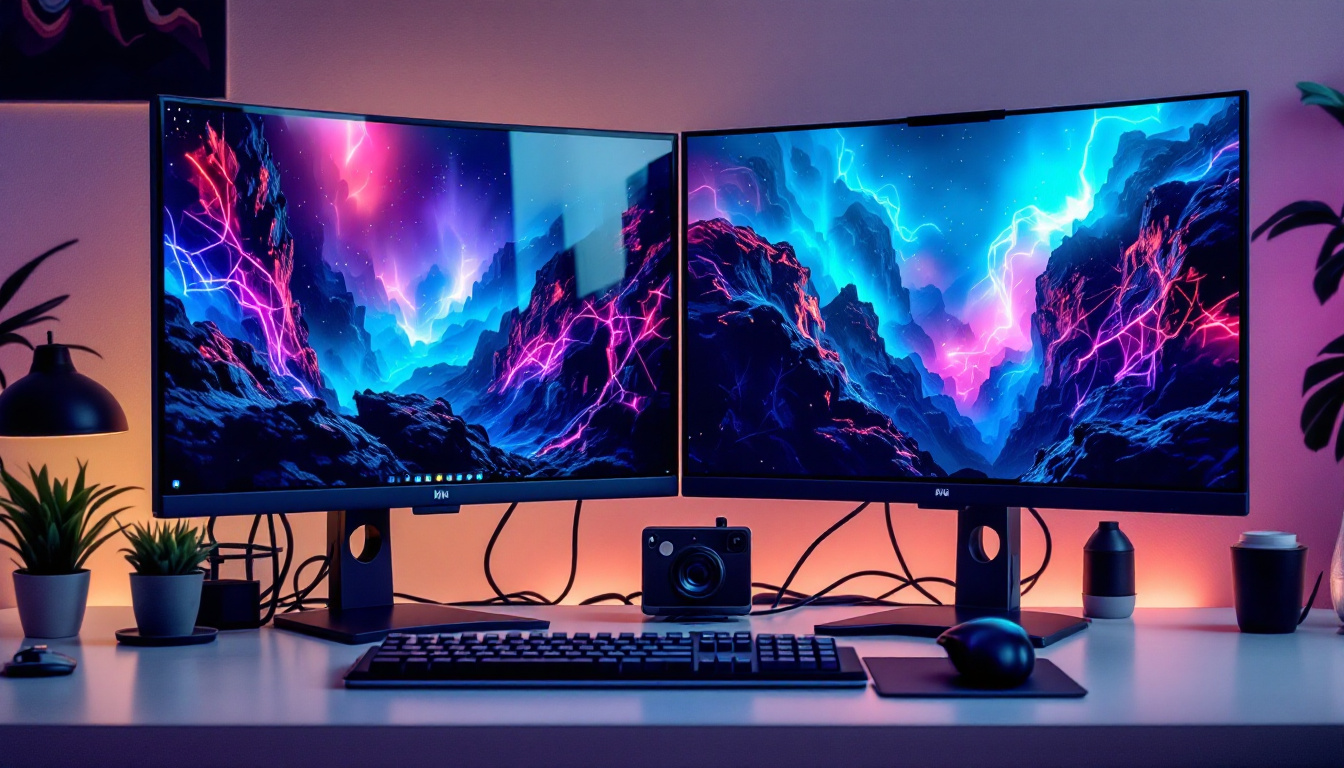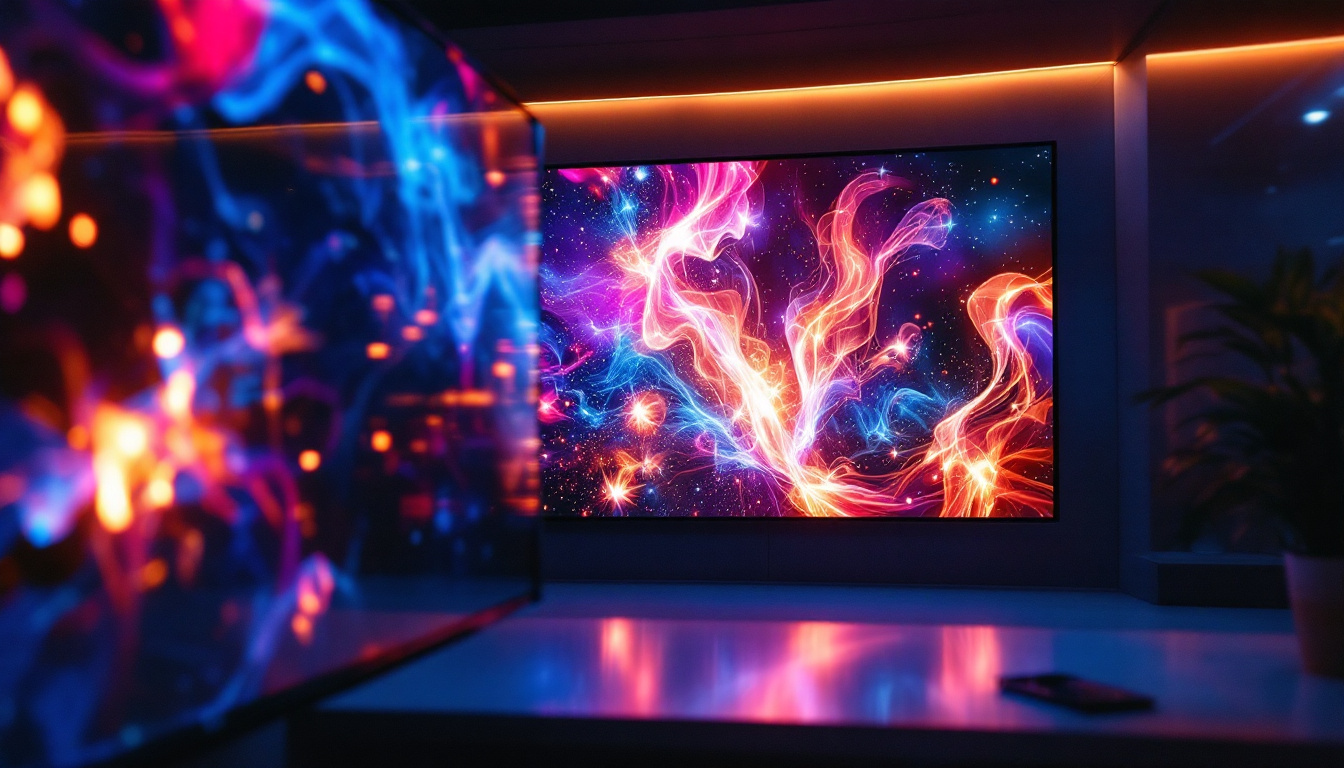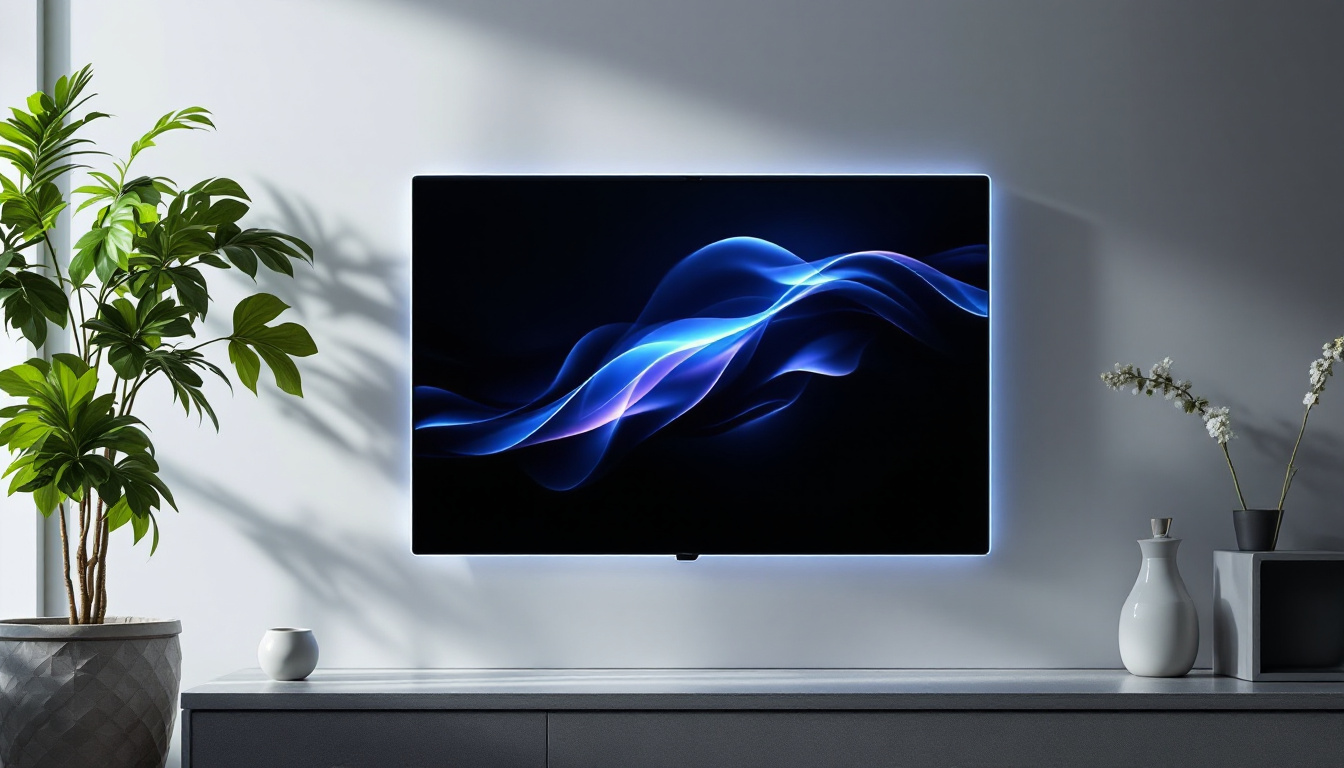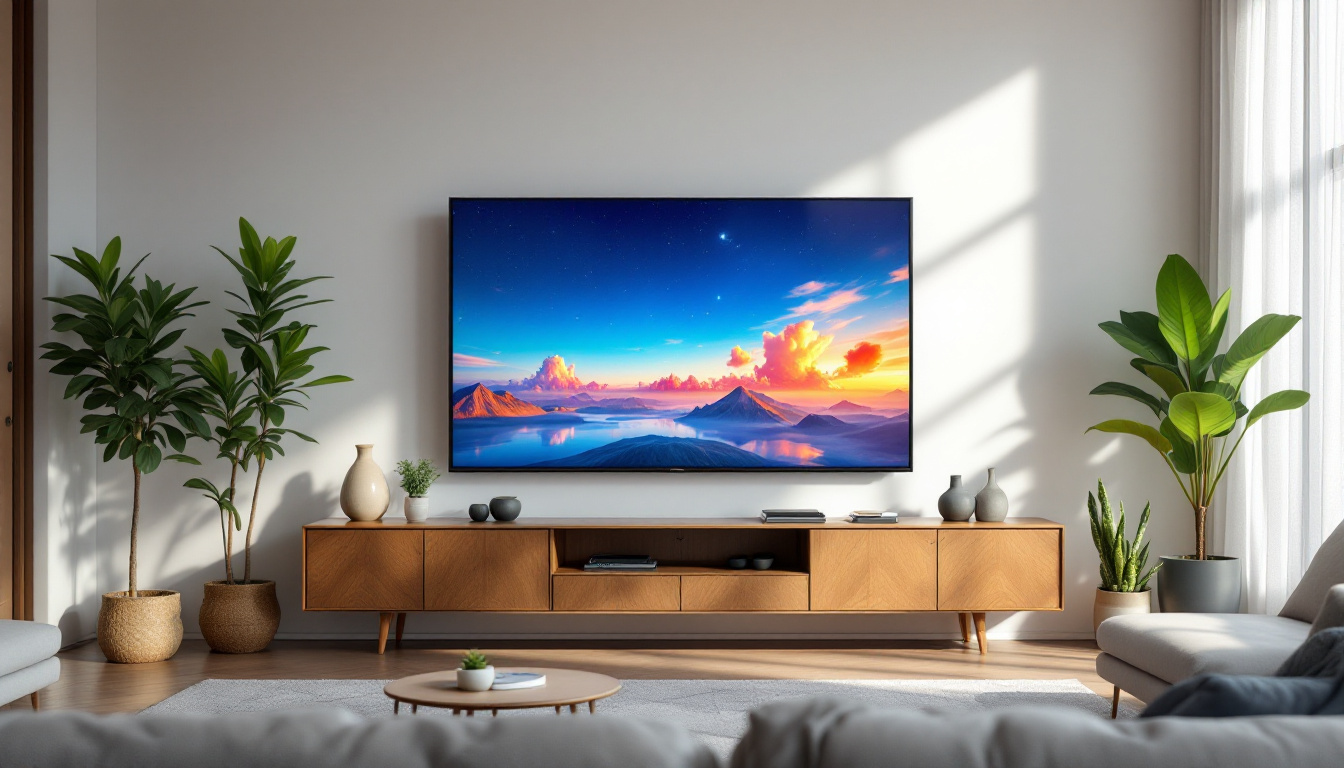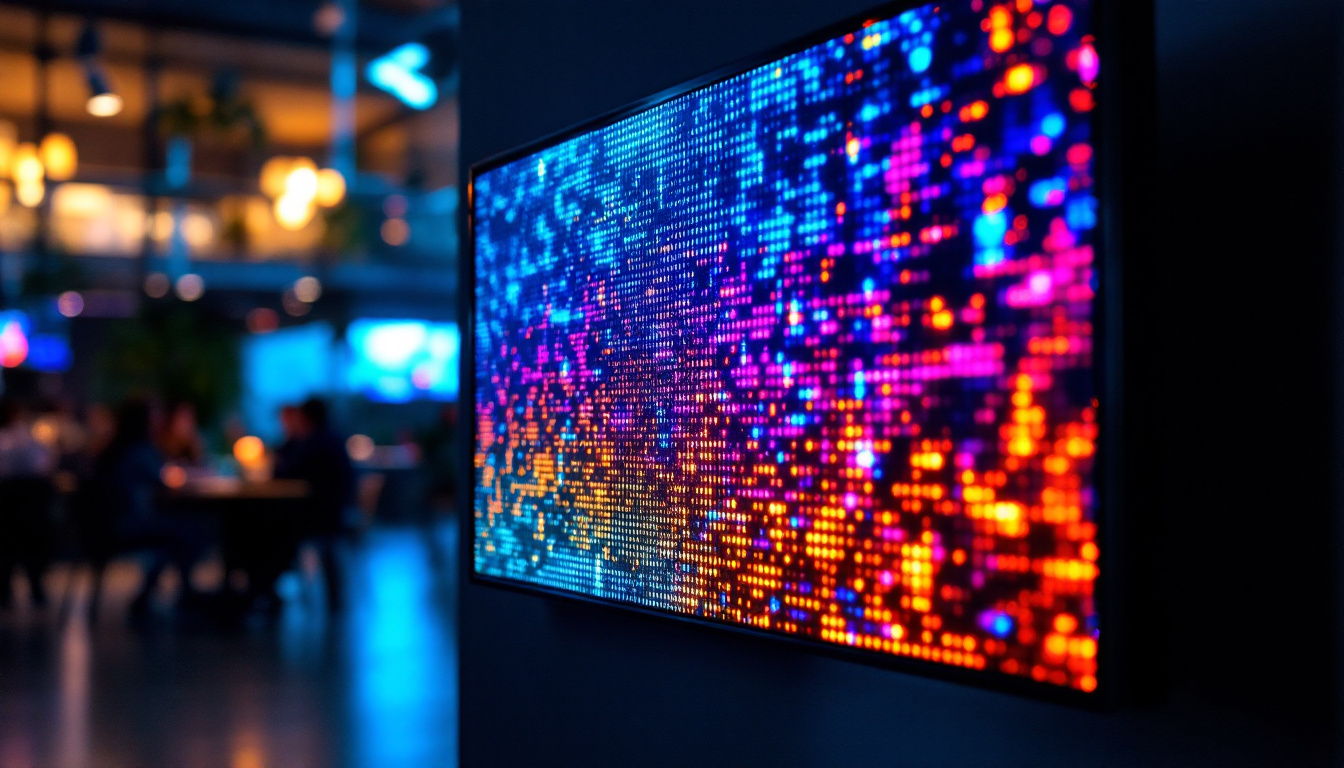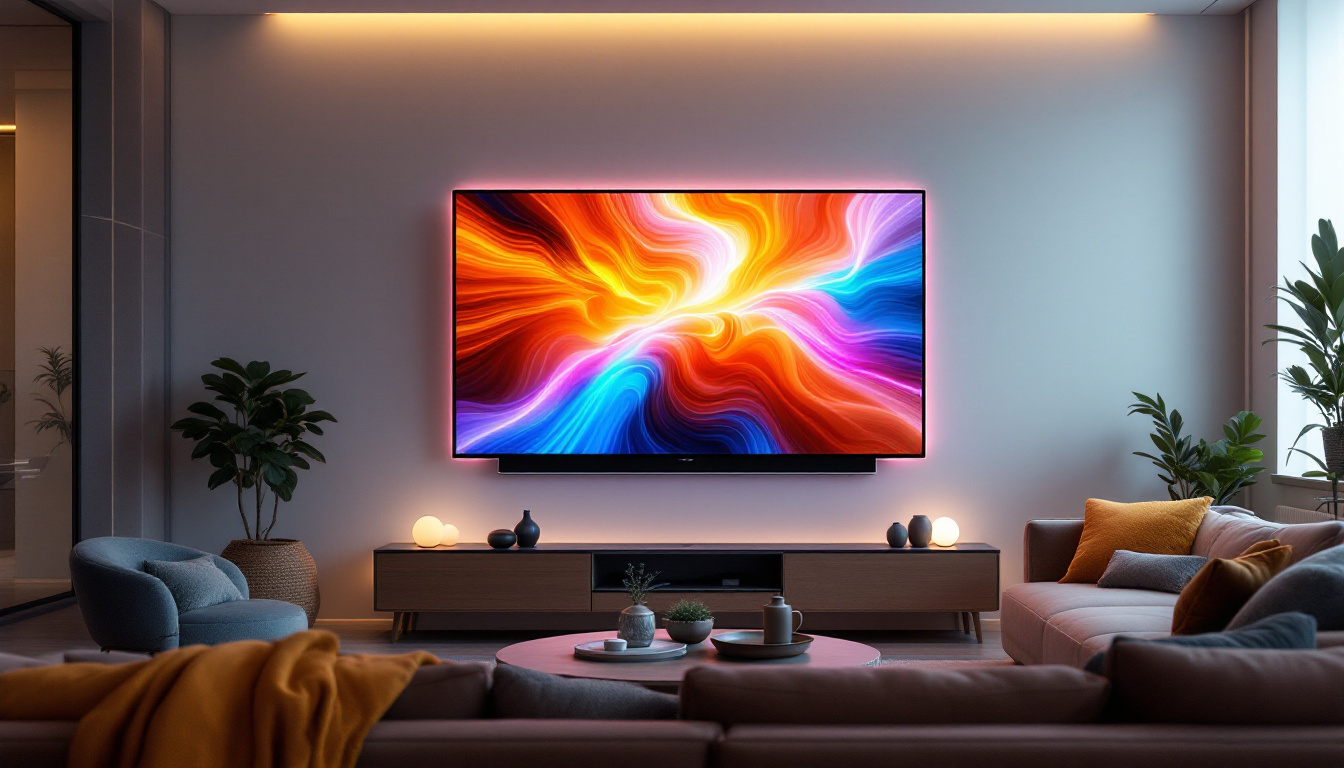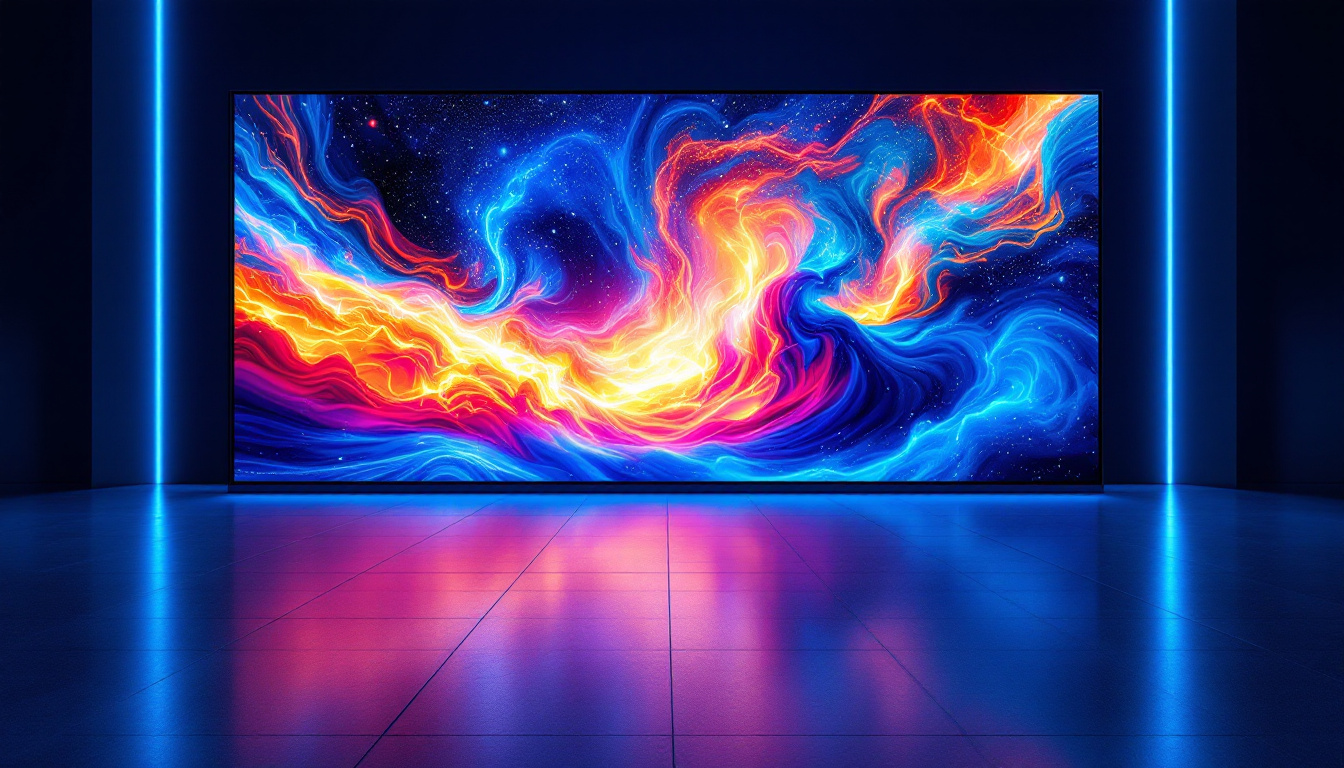What Are LED Monitors: LED Display Explained
In the ever-evolving world of technology, displays have undergone significant transformations. Among the various types of displays available today, LED monitors stand out due to their superior performance and energy efficiency. This article delves into what LED monitors are, how they work, and their advantages over traditional display technologies.
Understanding LED Technology
LED, or Light Emitting Diode, is a technology that has revolutionized the way visual information is presented. Unlike traditional LCD monitors that rely on fluorescent backlighting, LED monitors use an array of tiny diodes to emit light directly. This fundamental difference in technology leads to various advantages in terms of brightness, color accuracy, and energy consumption.
The Basics of LED Displays
At its core, an LED display consists of numerous individual light-emitting diodes that create images by illuminating pixels. Each pixel is made up of red, green, and blue (RGB) sub-pixels, which combine to produce a wide spectrum of colors. This pixel-based structure allows for greater control over brightness and contrast, resulting in sharper images and more vivid colors.
LED displays can be categorized into two main types: edge-lit and full-array. Edge-lit displays have LEDs positioned along the edges of the screen, while full-array displays feature a grid of LEDs behind the entire screen. Full-array displays generally offer better contrast and uniformity, as they can control the brightness of individual zones more effectively. Additionally, advancements in technology have led to the development of mini-LED and micro-LED displays, which utilize even smaller diodes to enhance picture quality further. These innovations allow for finer control over light output, resulting in deeper blacks and brighter highlights, making them ideal for high-end applications such as professional video editing and gaming.
How LED Monitors Work
The operation of an LED monitor begins when an electrical current passes through the diodes, causing them to emit light. This light is then modulated to create images by varying the intensity of each pixel. The monitor receives input from a computer or other device, which sends a signal to the display to reproduce the desired image.
In addition to the basic operation, LED monitors often include advanced technologies such as local dimming and HDR (High Dynamic Range). Local dimming allows certain areas of the screen to be dimmed or brightened independently, enhancing contrast and making dark scenes appear more detailed. HDR, on the other hand, expands the range of colors and brightness levels, resulting in a more lifelike viewing experience. Furthermore, many modern LED monitors are equipped with features like adaptive sync technologies, such as NVIDIA G-SYNC or AMD FreeSync, which help eliminate screen tearing and stuttering during fast-paced gaming or video playback. These enhancements not only improve the overall visual experience but also cater to the growing demand for high-performance displays in both entertainment and professional environments.
Advantages of LED Monitors
LED monitors offer several advantages over traditional display technologies, making them a popular choice for both personal and professional use. Understanding these benefits can help consumers make informed decisions when selecting a display for their needs.
Energy Efficiency
One of the most significant advantages of LED monitors is their energy efficiency. Compared to older LCD and CRT monitors, LED displays consume significantly less power. This not only reduces electricity bills but also contributes to a lower carbon footprint, making LED technology an environmentally friendly option.
Moreover, many LED monitors are designed with energy-saving features, such as automatic brightness adjustment based on ambient light conditions. This capability further enhances their energy efficiency, making them ideal for long hours of use. In fact, some models even come with eco-friendly certifications, ensuring that they meet strict energy consumption standards. This commitment to sustainability is increasingly important for consumers who are conscious of their environmental impact.
Superior Image Quality
LED monitors are renowned for their superior image quality. The use of individual diodes allows for greater control over brightness and contrast, resulting in deeper blacks and brighter whites. This enhanced contrast ratio is particularly beneficial for watching movies or playing video games, where visual detail is crucial.
Additionally, LED monitors typically offer wider viewing angles compared to traditional displays. This means that colors remain consistent and vibrant even when viewed from the side, making them suitable for collaborative work environments or family movie nights. The ability to display a broader color gamut also means that professionals in fields such as graphic design or photography can trust that their work will be represented accurately, allowing for more precise color grading and editing.
Longevity and Durability
Another compelling advantage of LED monitors is their longevity. LED technology is known for its durability, with many displays rated to last up to 50,000 hours or more. This extended lifespan reduces the need for frequent replacements, making LED monitors a cost-effective investment over time.
Furthermore, LED monitors are less prone to screen burn-in, a common issue with older display technologies. This resilience ensures that images remain sharp and clear throughout the monitor’s lifespan, providing a consistently high-quality viewing experience. In addition, many manufacturers offer warranties that reflect the confidence in their product’s durability, often covering several years of use. This peace of mind is invaluable, especially for businesses that rely on their displays for daily operations. With advancements in technology, some LED monitors now incorporate features like anti-glare coatings and scratch-resistant surfaces, further enhancing their usability in various environments.
Applications of LED Monitors
The versatility of LED monitors makes them suitable for a wide range of applications. From home entertainment to professional environments, these displays cater to various needs and preferences.
Home Entertainment
In the realm of home entertainment, LED monitors have become the go-to choice for many consumers. Their ability to deliver vibrant colors and sharp images makes them ideal for watching movies, playing video games, and streaming content. With the advent of 4K and HDR technology, LED monitors offer an immersive viewing experience that enhances the enjoyment of multimedia content.
Moreover, many LED monitors come equipped with smart features, allowing users to access streaming services and apps directly from the display. This integration simplifies the entertainment experience, eliminating the need for additional devices.
Professional Use
In professional settings, LED monitors are favored for their accuracy and reliability. Graphic designers, photographers, and video editors often rely on LED displays for color-critical work. The enhanced color reproduction and contrast offered by LED technology ensure that professionals can create and edit content with confidence.
Additionally, LED monitors are commonly used in corporate environments for presentations and meetings. Their wide viewing angles and bright displays make it easy for large groups to view content without distortion, facilitating effective communication and collaboration.
Gaming
For gamers, LED monitors provide a competitive edge. The fast response times and high refresh rates offered by many LED displays minimize motion blur, resulting in smoother gameplay. Features such as adaptive sync technologies further enhance the gaming experience by reducing screen tearing and stuttering.
Moreover, the availability of monitors with high resolutions and HDR support allows gamers to fully immerse themselves in visually stunning worlds, making LED monitors a popular choice for gaming enthusiasts.
Choosing the Right LED Monitor
With a plethora of options available in the market, selecting the right LED monitor can be a daunting task. Several factors should be considered to ensure that the chosen display meets individual needs and preferences.
Screen Size and Resolution
When choosing an LED monitor, screen size and resolution are crucial factors. Larger screens provide a more immersive experience, particularly for gaming and multimedia consumption. However, the ideal size will depend on the available space and viewing distance.
Resolution is equally important, with options ranging from Full HD (1920 x 1080) to 4K (3840 x 2160) and beyond. Higher resolutions offer sharper images and greater detail, making them suitable for tasks that require precision, such as graphic design and video editing.
Refresh Rate and Response Time
The refresh rate and response time of a monitor are critical for gaming and fast-paced applications. A higher refresh rate, typically measured in hertz (Hz), results in smoother motion and reduces motion blur. Gamers often prefer monitors with refresh rates of 144Hz or higher for a competitive advantage.
Response time, measured in milliseconds (ms), indicates how quickly a pixel can change from one color to another. Lower response times are preferable for gaming, as they minimize ghosting and blurring during fast action sequences.
Connectivity Options
Another essential consideration is the connectivity options available on the monitor. Modern LED displays typically offer a variety of ports, including HDMI, DisplayPort, and USB-C. Ensuring that the monitor is compatible with existing devices is crucial for a seamless experience.
Additionally, features such as built-in speakers, USB hubs, and adjustable stands can enhance usability and convenience, making it essential to evaluate these aspects when selecting a monitor.
Conclusion
LED monitors have transformed the way visual information is displayed, offering numerous advantages over traditional technologies. Their energy efficiency, superior image quality, and longevity make them a popular choice for a variety of applications, from home entertainment to professional use.
As technology continues to advance, LED monitors are likely to evolve further, incorporating new features and capabilities that enhance the viewing experience. By understanding the fundamentals of LED technology and considering key factors when choosing a monitor, consumers can make informed decisions that align with their needs and preferences.
In a world where visual clarity and color accuracy are paramount, LED monitors stand out as a reliable and versatile option, ensuring that users can enjoy an exceptional viewing experience for years to come.
Discover LumenMatrix’s Advanced LED Solutions
Ready to experience the pinnacle of LED display technology? LumenMatrix is at the forefront of innovation, offering a wide array of LED display modules tailored to your unique needs. From the immersive Indoor LED Wall Display to the dynamic Outdoor LED Wall Display, and from the mobile versatility of Vehicle LED Displays to the interactive Floor LED Displays, our solutions are designed to captivate and engage. Elevate your visual communication with our Custom LED Displays, All-in-One LED Displays, and LED Transparent Displays. Embrace the future of digital signage with LumenMatrix and share your message with unparalleled impact and clarity. Check out LumenMatrix LED Display Solutions today and transform your visual experience.


